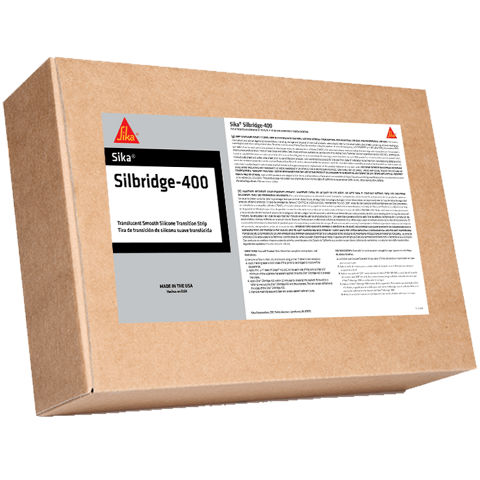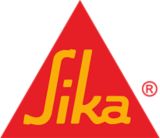
Sika® Silbridge-400
Translucent, smooth silicone transition strip
Sika® Silbridge-400 is a pre-formed ultralow modulus elastomeric silicone seal for flashing and transition applications for weatherproofing against air and water infiltration. Sika® Silbridge-400 is usually bonded to substrates using Sikasil® WS-305 AM.
- Ease of installation and quality control
- Capable of sealing high movement transition joints
- Highly resistant to ultraviolet exposure and weathering
- Wide operational temperature ranges
- Non-corrosive and high corrosion resistance
